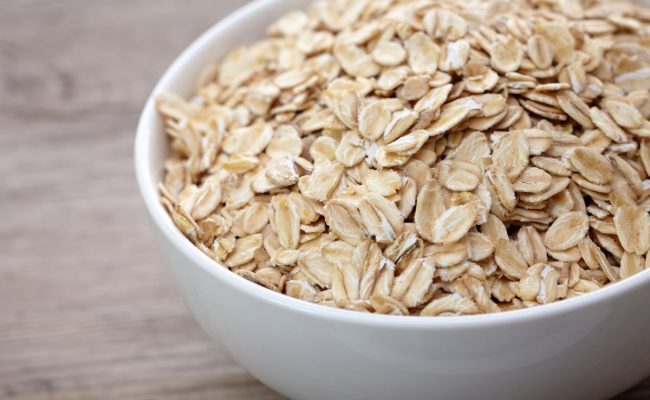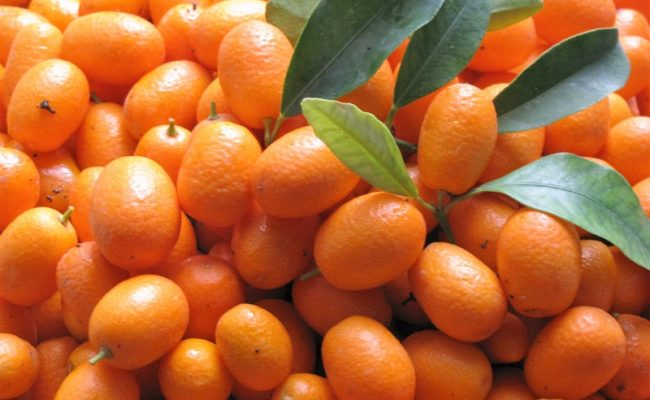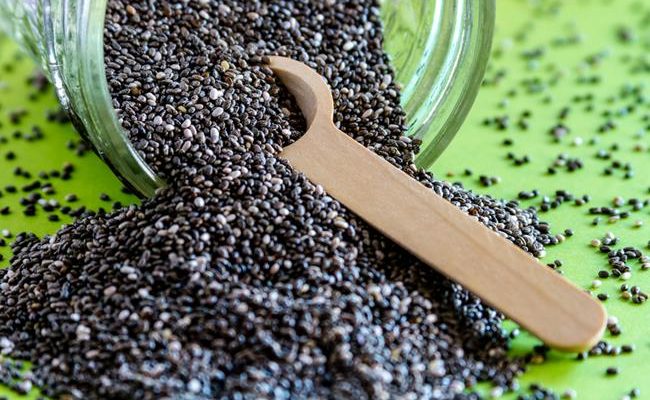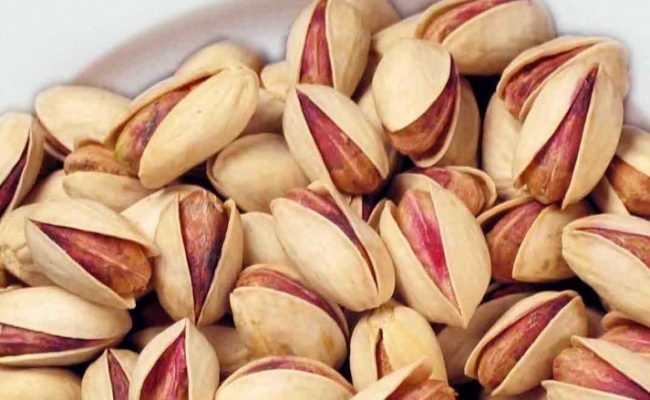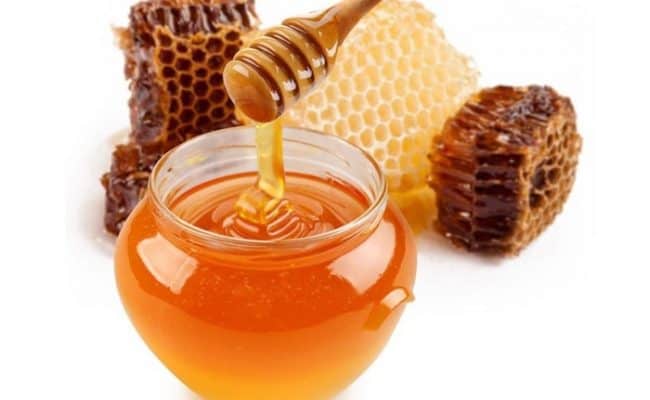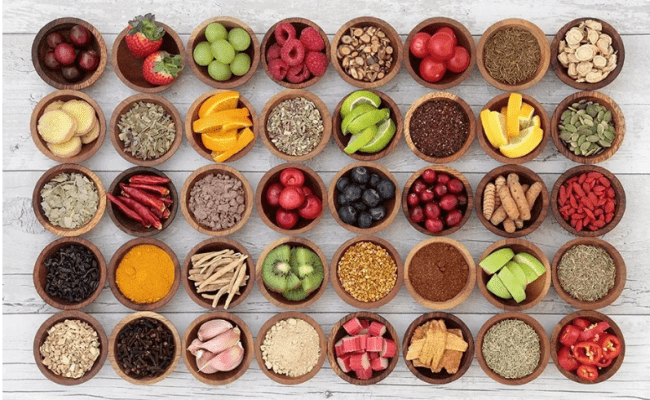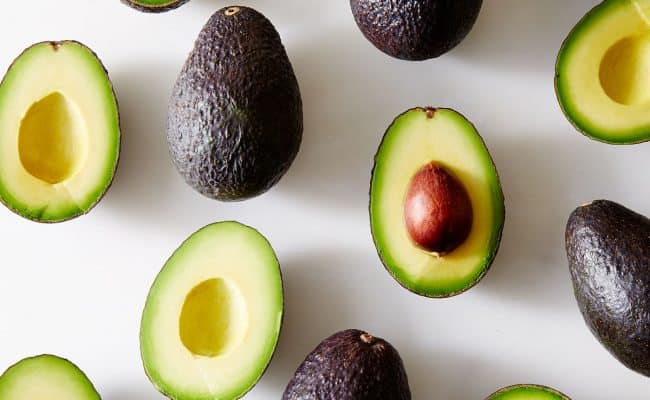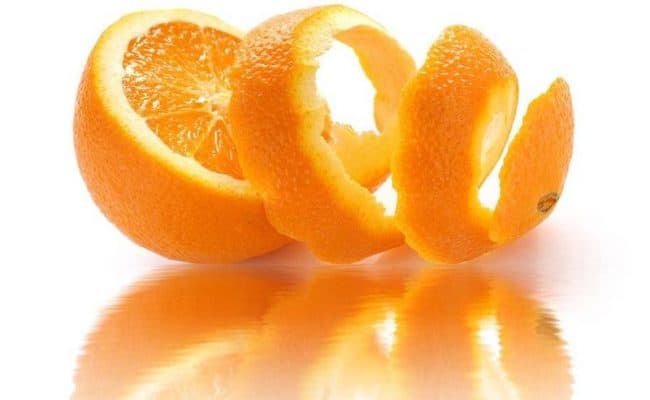
Regular consumption of fruits and vegetables is associated with a lowered risk for: Alzheimer’s, stroke, cardiovascular disease, certain cancers, cataracts and some decline associated with aging.
The potential health benefits associated with diet high in fruits and vegetables is probably highest when you incorporate a wide variety in your diet.
No single fruit or vegetable provides all vitamins, minerals and antioxidants, so eating a wide variety could provide the greatest synergistic health benefit.
Incorporating fruits and vegetables into your diet not only provides antioxidants, vitamins and minerals, they also provide a valuable source of fiber.
Incorporating celery or celery juice into your diet can provide a source of fiber, potassium, vitamin A, vitamin C, calcium and vitamin B6.
Like other vegetables, celery is very low in calories. A cup of chopped celery provides less than 20 calories.
Celery may often get over looked as a super food, but incorporating it into your diet can be just as beneficial as other vegetables.
#1 – Hydrating after exercise
Celery and celery juice can be very hydrating. Like other fruits and vegetables, celery is mostly water. In fact, celery is more than 95% water.
Drinking adequate water is important for staying hydrated, but consuming fruits and vegetables, like celery, can also be hydrating.
One reason celery or celery juice can be considered especially hydrating after exercise is because it not only provides water but it also provides many electrolytes.
Electrolytes can be lost in sweat, so replenishing electrolytes with fluids after exercise can be beneficial. Celery is a source of electrolytes: potassium, sodium, calcium and magnesium.
Active.com (1) suggests celery as one of the top hydrating foods for athletes.
#2 – Blood pressure
Eating a diet high in fruits and vegetables can be beneficial for lowering blood pressure. Fruits and vegetables are good sources of potassium which is often lacking in a typical Western diet.
Potassium is one nutrient that can help draw fluid into cells which can help lower blood pressure. A cup of chopped celery provides about 7% DV potassium.
Unlike other vegetables, celery also provides sodium. Although still low compared to processed foods, a cup of chopped celery does provide about 3% DV sodium.
People on severe sodium restricted diets may be advised to avoid celery.
Even though celery provides a small amount of sodium, it is still associated with lowering blood pressure. According to a New York Times article (2), research from the University of Chicago Medical Center found celery contains a compound called 3-n-butyl phthalide.
This compound lowered blood pressure in rats by 12-14%. The dose given the rats was equal to about 4 stalks of celery in humans.
#4 – Weight regulation
Eating foods low in calories but high in nutrients can be beneficial for weight regulation. Celery or celery juice can provide many nutrients for very low calorie amount.
A cup of celery provides about 2 grams of fiber. Fiber is one nutrient that can help you feel full after eating.
A 2015 study (3) found a simple message of just increasing fiber was as effective in weight loss as following the dietary guidelines from the American Heart Association.
This study suggests just focusing on increasing fiber in the diet may be just as helpful for weight loss as following a more complicated diet.
#5 – Cancer fighting antioxidant source
A 2010 study (4) studied the antioxidant sources most prevalent in the Chinese diet. Researchers found celery was one of the top 5 sources of antioxidants in study participants’ diet.
Even though celery may not be as trendy as other vegetables, it can still contribute a significant antioxidant source in the diet.
Celery has two unique phytochemicals called apigenin and luteolin. According to Live Science (5), research studies have shown these two compounds have been shown to fight pancreatic and breast cancer cells. More research is needed to clarify the benefits of these two compounds.
Medical News Today (6) also suggests celery contains another component called luteolin that has been shown to have anti-cancer properties.
The antioxidants in fruits and vegetables may help lower risk for certain cancers, but more research is needed.
Digestive health
University of Maryland Medical Center (7) recommends to include celery as part of a diet that can be helpful for dealing with gastritis.
Gastritis is a condition where the stomach lining is inflamed. Eating antioxidant rich foods, like celery, may also help lower risk for stomach ulcers.
Celery may help protect the stomach lining from inflammation and break down associated with ulcers.
Drinking celery juice does not guarantee to alleviate gastritis or ulcers and should not be used as treatment. Other dietary changes or medication may be necessary.
Dirty Dozen
The Environmental Working Group (EWG) ranks pesticide contamination in produce. Each year they come out with a list that includes a dirty dozen list and a clean 15 list.
The dirty dozen list (8) is a list of produce that is higher in pesticide residues.
Celery is on the dirty dozen list meaning it can be a source of pesticide residue. The EWG recommends to buy organic if possible or thoroughly clean before eating.
Can you get too much celery?
Celery is a very low source of calories, and because of this can be part of a healthy, balanced diet.
However, it is not recommended to use celery or celery juice as a sole or main part of your diet.
This could lead to malnutrition.
Eating very large, uncooked quantities continuously of celery could put someone at risk for iodine deficiency.
Large intakes of uncooked celery could interfere with iodine metabolism and could consequently lead to iodine deficiency.
Eating celery as part of a varied diet is considered safe and healthy. However, eating any one food in extreme excess could have negative consequences.
